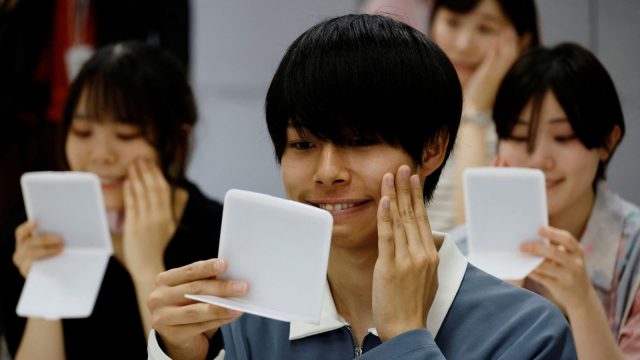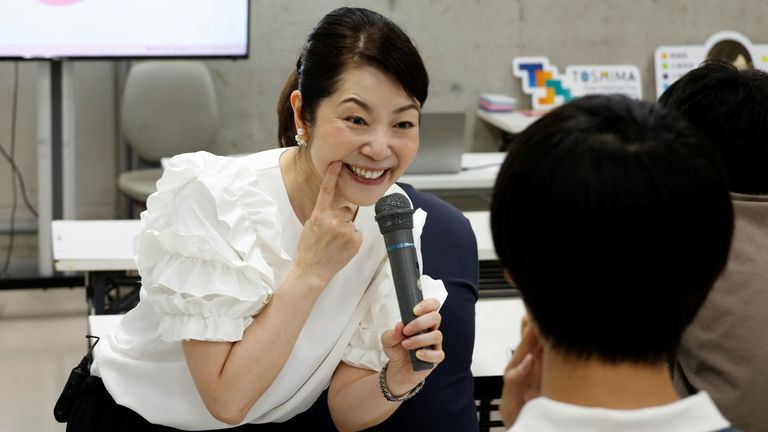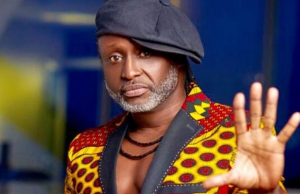People in Japan who became so used to wearing face masks during the pandemic are signing up for lessons to teach them how to smile again.
While the coverings were already common in the east Asian country pre-COVID, with many using them to combat seasonal illnesses and hay fever, their use skyrocketed when it became official government guidance to wear them during the worst of the outbreak.
Many people wouldn’t be seen in public without a mask, with the practice becoming near-universal after the virus emerged more than three years ago.
With the government having finally lifted its recommendation to wear masks in March, Himawari Yoshida was among those who realised they had rather forgotten how to go about life without them.
“I hadn’t used my facial muscles much during COVID,” said the 20-year-old.
She has now hired the services of a “smile instructor”, saying it’s “good exercise” and will help her prepare to enter Japan’s jobs market.
Ms Yoshida and her classmates, mostly young people, are being taught by Keiko Kawano, who in one exercise has them hold up mirrors to their faces, stretching the sides of their mouths with their fingers.
‘Growing need for people to smile’
Ms Kawano’s company Egaoiku – literally “Smile Education” – has seen a four-fold increase in demand for lessons, including one-on-one sessions that cost 7,700 yen (£44).
“I think there’s a growing need for people to smile,” she said, noting the growing return of tourists to the island.
She believes Japanese nationals are less inclined to smile than Westerners because of their sense of security as an island country, a trend only exacerbated by a rise in mask wearing.
“Culturally, a smile signifies that I’m not holding a gun, and I’m not a threat to you,” she added.
A poll by public broadcaster NHK in May showed 55% of Japanese people were still wearing masks just as often as when government guidance was in place, with just 8% having stopped altogether.
















